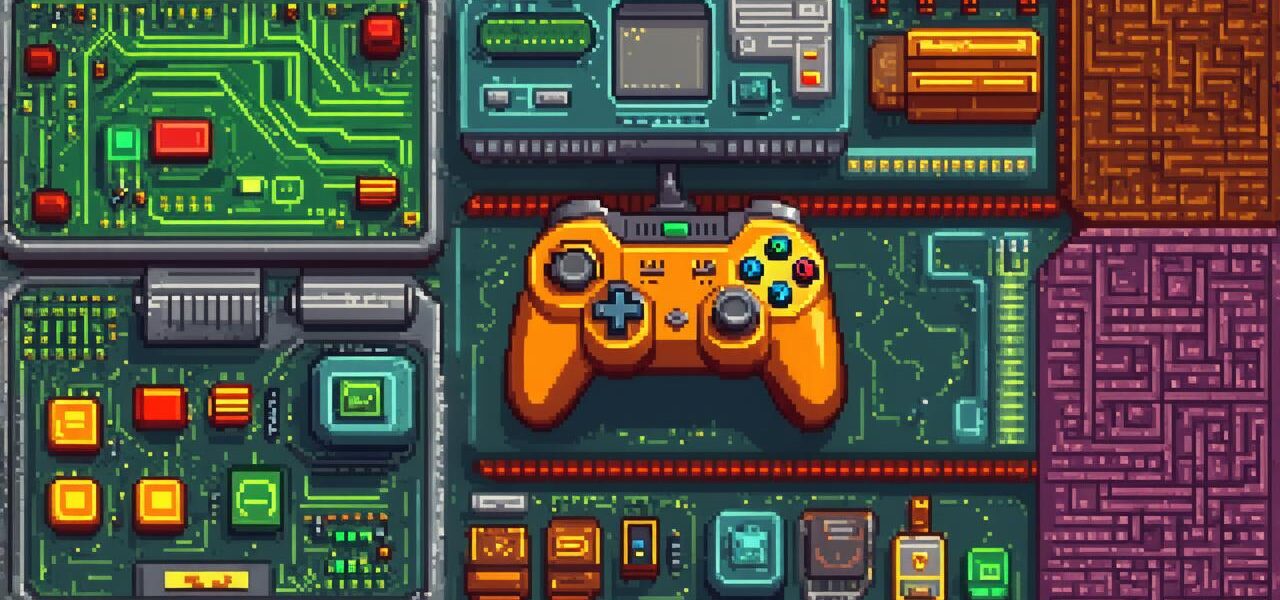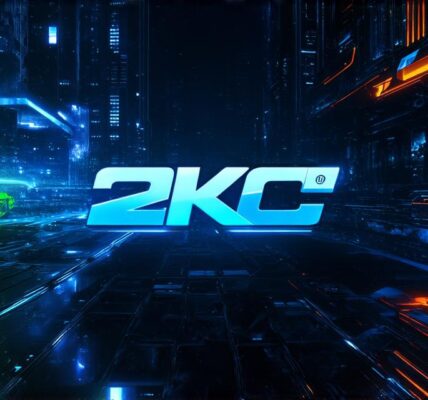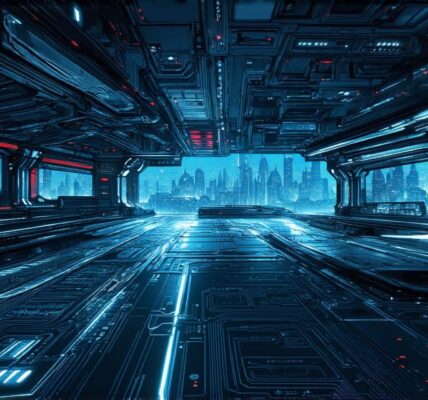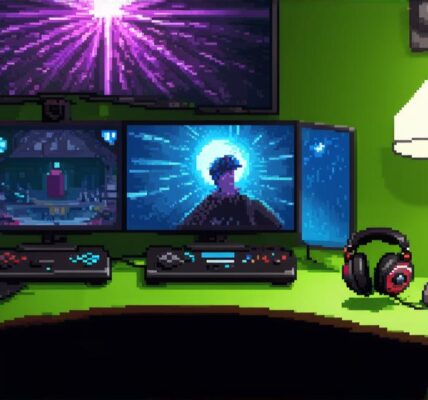Are you looking to create your own successful game? Game Dev Tycoon is a popular game development simulation that can help you learn the ropes and build your skills. In this article, we will walk you through the steps to create a successful game in Game Dev Tycoon. We’ll cover everything from brainstorming to launching your game, using case studies and expert opinions along the way.
1. Brainstorming: The First Step in Game Creation

Before you dive into the development process, you need to come up with an idea for your game. Brainstorming is a critical first step in creating a successful game. It’s a time to let your creativity flow and generate as many ideas as possible. Consider what type of game you want to create, who your target audience is, and what sets your game apart from others in the market.
Case Study: Angry Birds
Angry Birds is one of the most successful mobile games of all time. The game was created by a small team of developers called Rovio, who spent months brainstorming ideas before settling on the concept of angry birds trying to destroy pigs. The game’s success can be attributed to its addictive gameplay, simple graphics, and clever level design.
2. Develop a Business Plan
Once you have an idea for your game, it’s time to develop a business plan. This document will outline your goals, target market, marketing strategy, budget, and timeline for the development process. Having a clear and detailed business plan will help you stay on track and ensure that you are making informed decisions throughout the development process.
Expert Opinion: “A well-thought-out business plan is essential for any successful game launch,” says Markus Persson, the creator of Minecraft. “It’s a roadmap that will help guide you through the development process and keep you focused on your goals.”
3. Choose Your Game Engine
The next step in creating a successful game is to choose your game engine. A game engine is a software platform that provides the tools and resources needed to develop a game. There are many game engines to choose from, each with its own strengths and weaknesses. Some popular game engines include Unity, Unreal Engine, and GameMaker.
Case Study: Super Mario Bros.
Super Mario Bros. was created using the NES (Nintendo Entertainment System) game console, which provided a powerful and versatile platform for game development. The game’s success can be attributed to its intuitive controls, memorable characters, and addictive gameplay.
4. Create Your Game Assets
Once you have chosen your game engine, it’s time to start creating the assets that will make up your game. These assets include things like graphics, sounds, animations, and code. The quality of your game assets will have a significant impact on the success of your game, so it’s important to invest the time and resources necessary to create high-quality assets.
Expert Opinion: “The art and design of a game are just as important as the code,” says Miyamoto, the creator of Super Mario Bros. “A well-designed game can capture players’ hearts and keep them coming back for more.”
5. Develop Your Game Mechanics
The mechanics of your game are the rules that govern how the game is played. These mechanics include things like movement controls, combat systems, and level design. The mechanics of your game should be intuitive and easy to learn, but difficult to master.
Case Study: Fortnite
Fortnite is a popular battle royale game that has taken the world by storm. The game’s success can be attributed in part to its simple yet engaging mechanics, which include building, shooting, and scavenging for resources.
6. Test Your Game
Before you launch your game, it’s important to test it thoroughly to ensure that it is bug-free and ready for release.




